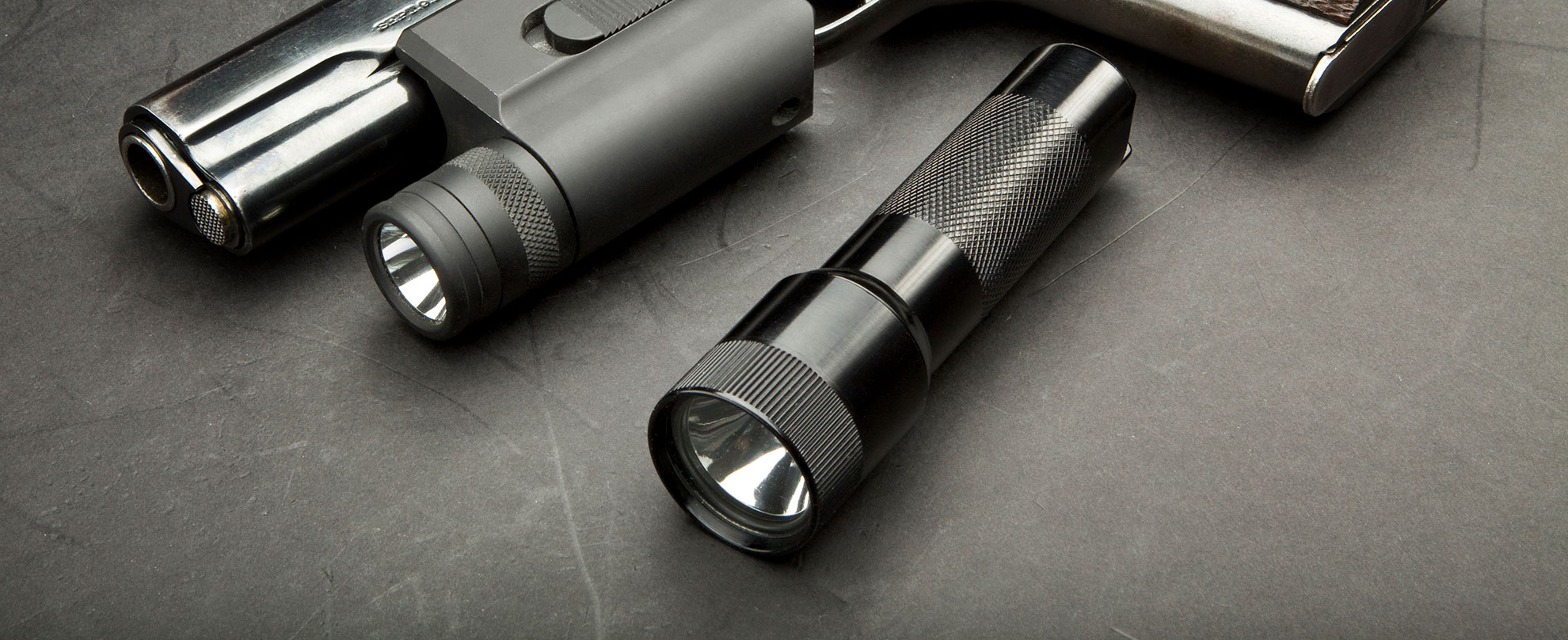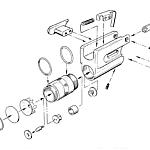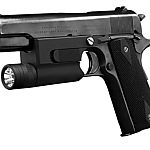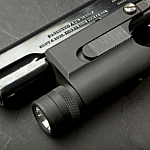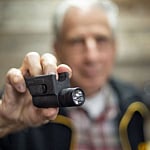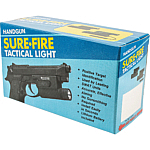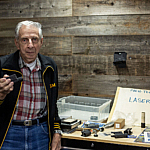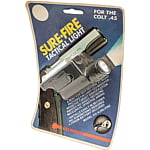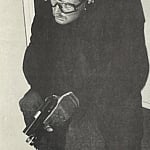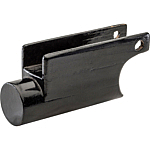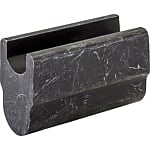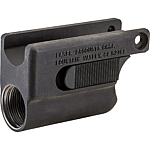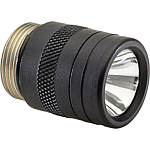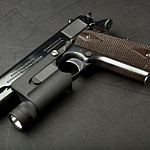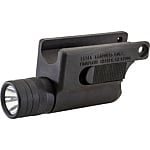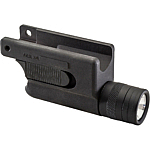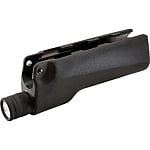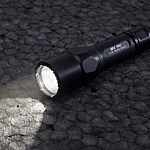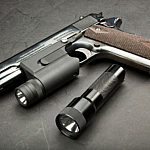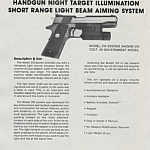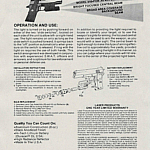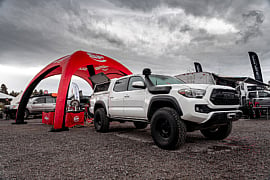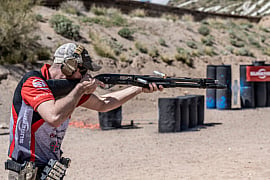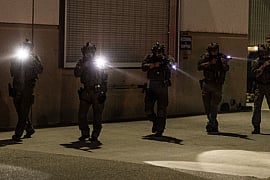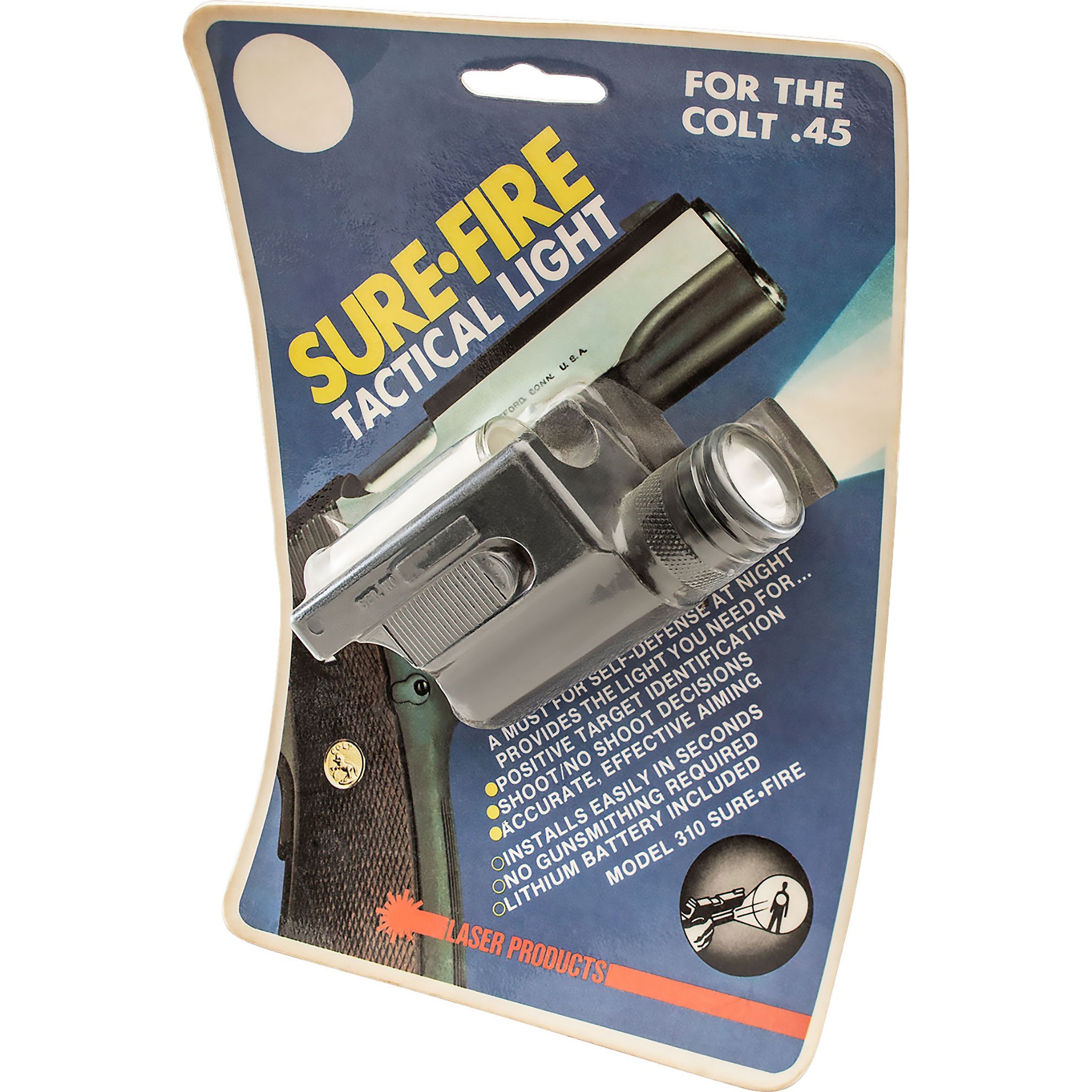
The laser sight used in the film The Terminator thrust the company that would become SureFire into the public eye, but another product laid the foundation for SureFire’s legacy as the innovator in tactical illumination. That distinction lies squarely with the iconic Laser Products Corporation Model 310, a dedicated handgun WeaponLight that drastically changed what was thought possible in weapon-mounted tactical lighting.
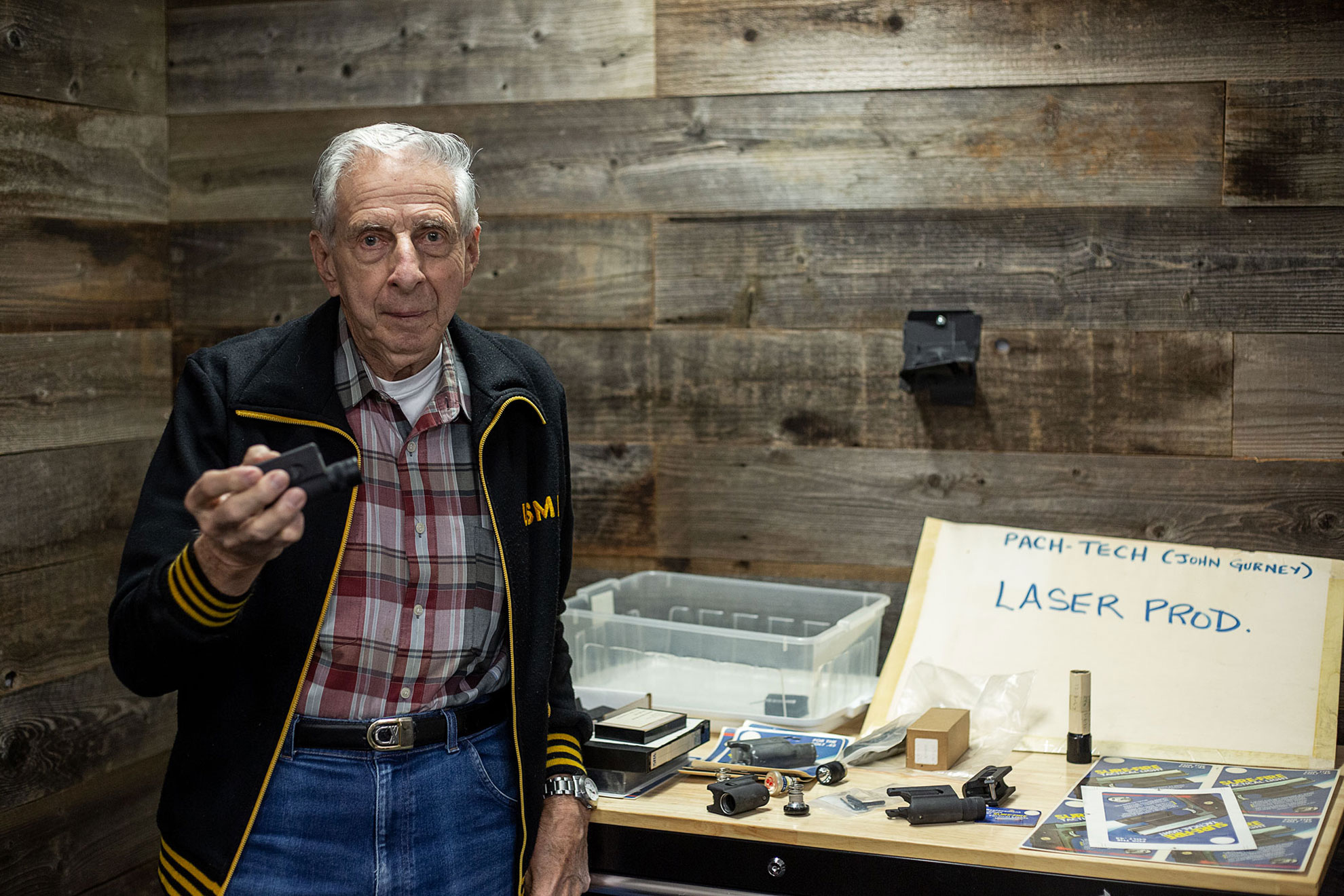
In truth, pushing the envelope to create life-saving products for those who go into harm’s way was a primary reason why Laser Products Corporation founder and president Dr. John Matthews started the company in the first place. The Model 310 had the potential to be that kind of game-changing product. Thus, Dr. Matthews gave the green light to the project in 1985. Ed Reynolds, the same man who adapted the LPC laser to the AMT Hardballer .45 Long Slide pistol used by Arnold Schwarzenegger in The Terminator, was responsible for the Model 310 design. Like so many paradigm-shifting products that have come to bear the SureFire name, Reynolds says, it was a direct response to the needs of a customer.
“What happened was, a guy named Ken Cowell, who was on the SWAT team for Newport Beach [California] PD, came to me and said, ‘I want to put a light on a handgun,’ 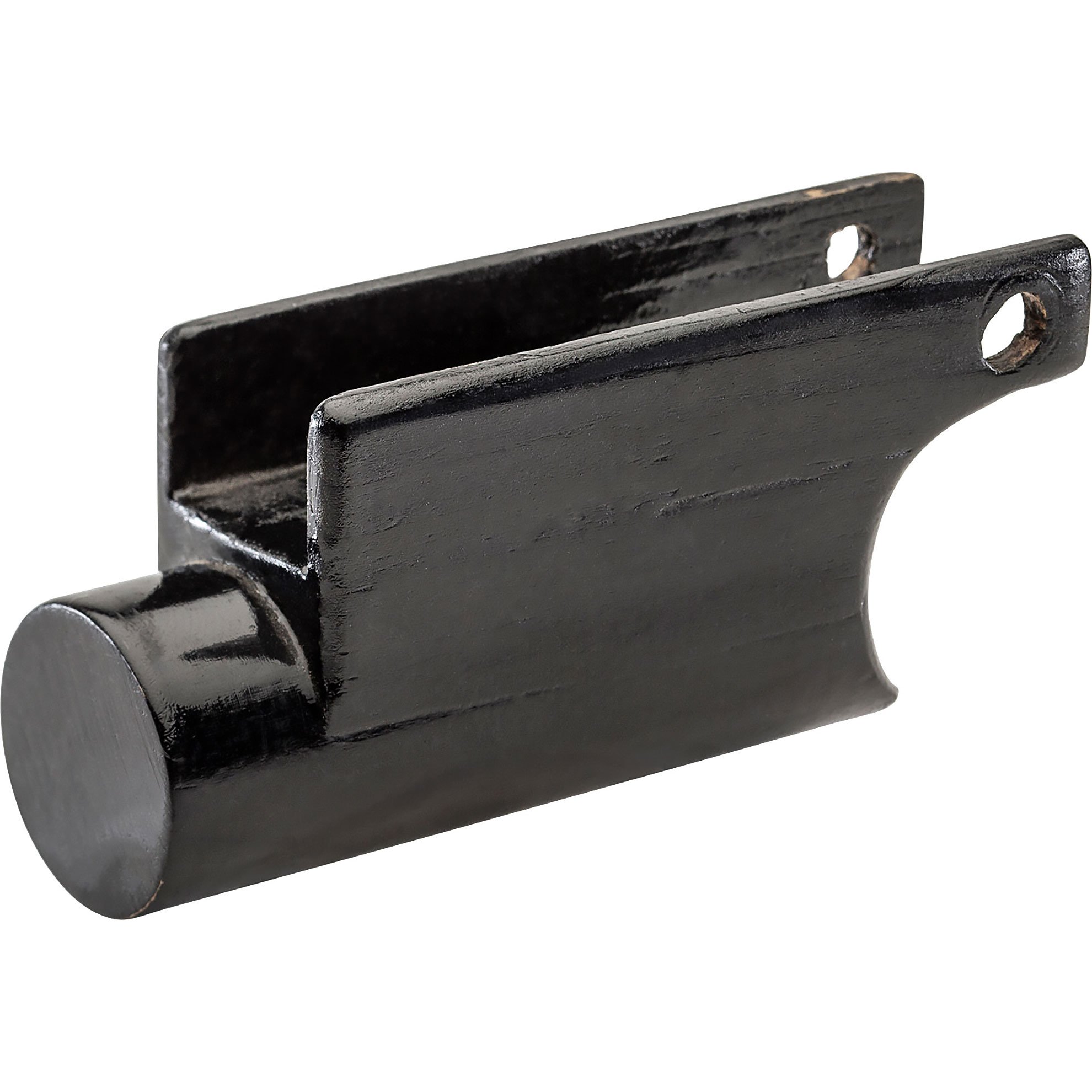 Reynolds recounts. “I said, ‘All right.’ So, I looked at the 1911, and I came up with an idea. I made a little wooden mockup, took it to John Matthews, and showed it to him. And he said, ‘Make some prototypes.’ The first ones were machined out of an extrusion, and later we went to an investment casting, which was still very primitive.”
Reynolds recounts. “I said, ‘All right.’ So, I looked at the 1911, and I came up with an idea. I made a little wooden mockup, took it to John Matthews, and showed it to him. And he said, ‘Make some prototypes.’ The first ones were machined out of an extrusion, and later we went to an investment casting, which was still very primitive.”
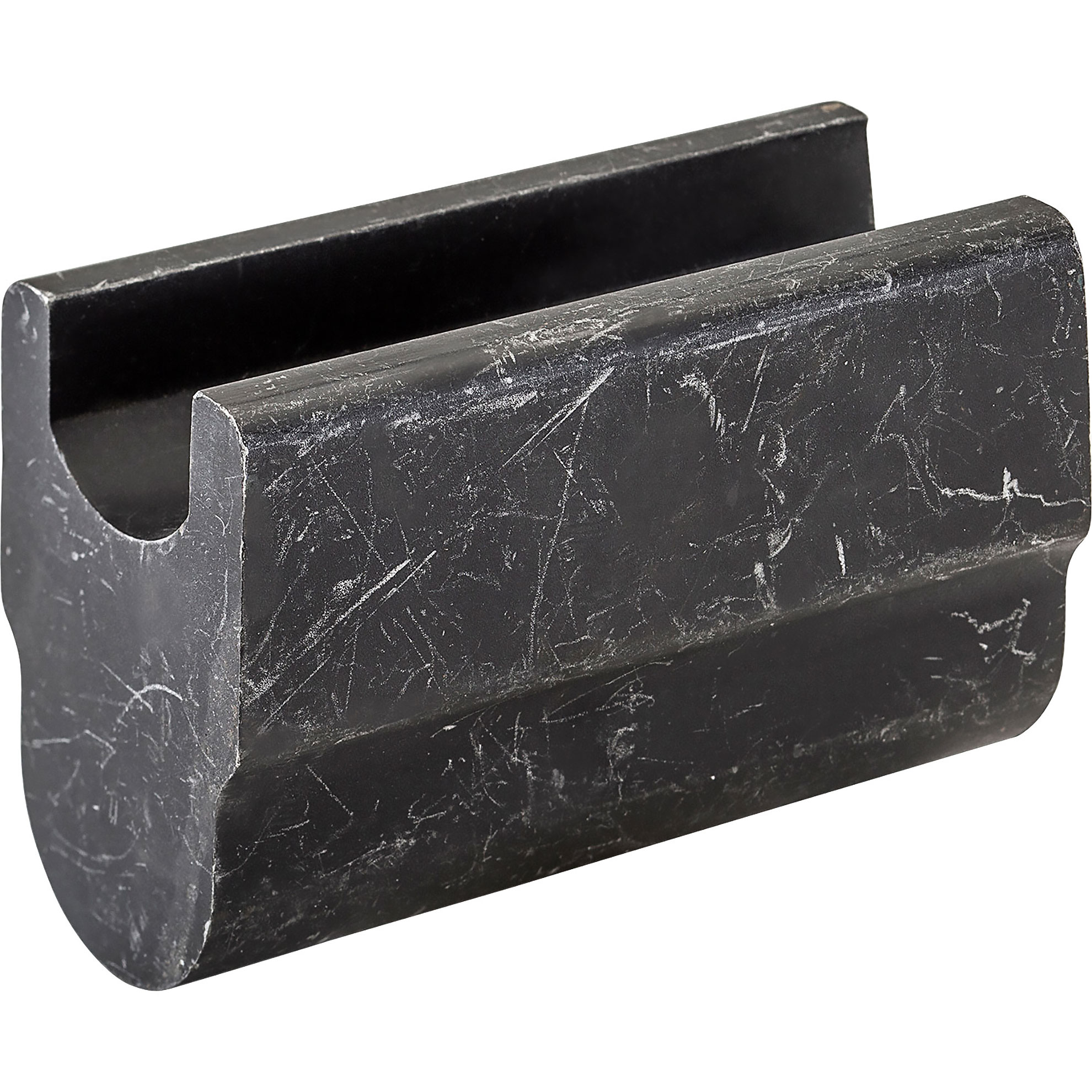 Creating a compact light body that would fit securely under the receiver of a handgun with no accessory rail wasn’t the only challenge. SureFire wasn’t in the illumination business—yet, and it wasn’t set up to manufacture certain parts, such as lamp heads. Completing the prototypes meant sourcing those parts from another company—and that was a bit more complicated than Reynolds had hoped it would be.
Creating a compact light body that would fit securely under the receiver of a handgun with no accessory rail wasn’t the only challenge. SureFire wasn’t in the illumination business—yet, and it wasn’t set up to manufacture certain parts, such as lamp heads. Completing the prototypes meant sourcing those parts from another company—and that was a bit more complicated than Reynolds had hoped it would be.
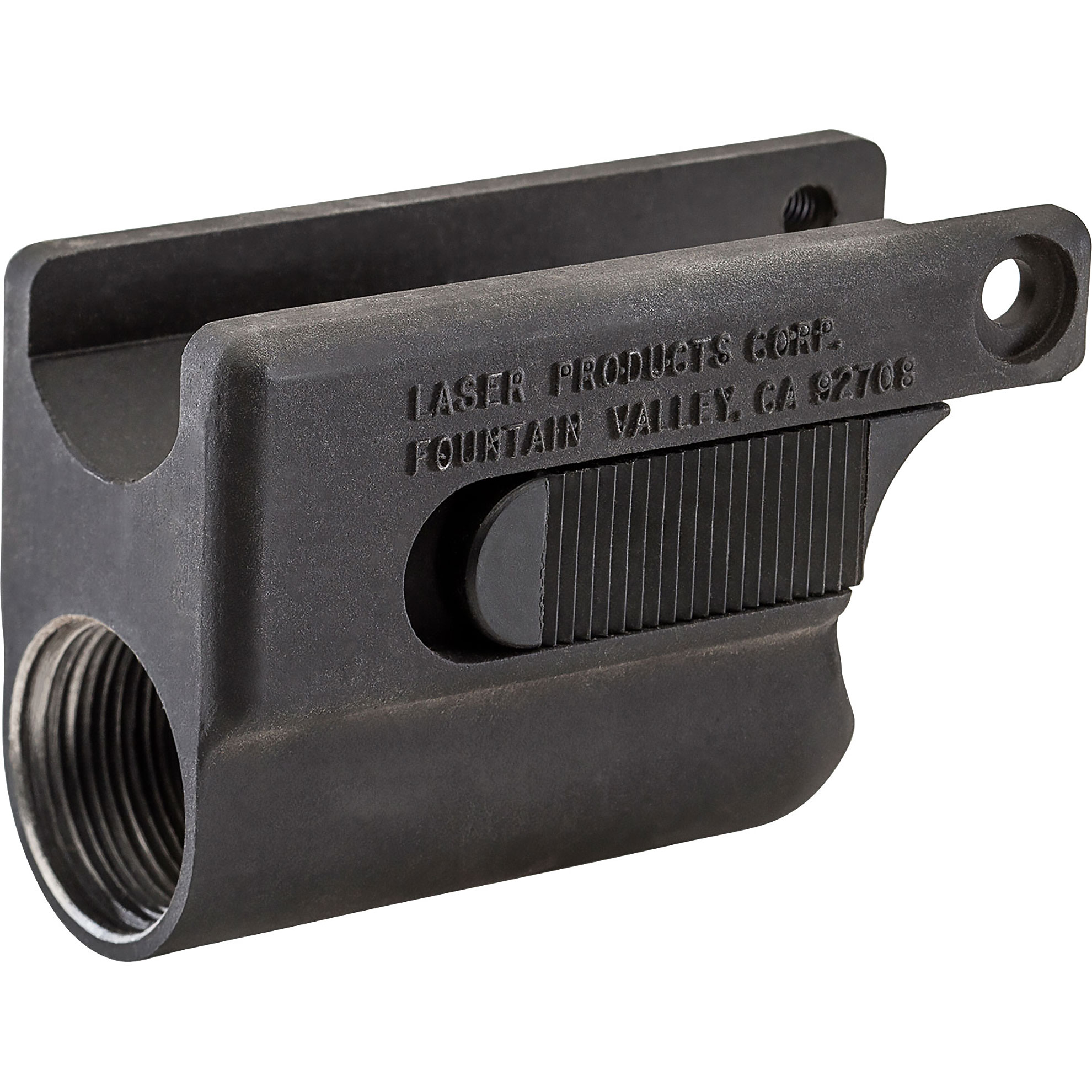
“I went and tried to buy the heads we needed, and they flatly said, ‘No,’” Reynolds says. “So, I just went ahead and bought whole flashlights, took the front ends, salvaged the parts out of them, and cut away the [brand] engraving. I used the reflector and the socket and such, and we built our own housing. The very first ones just had a pin that was threaded on that end, so we got the desired result. Later, we made our own latch. We found the guy in Costa Mesa who made them [the Colt 1911 parts], and he still had the tooling. He was able to make the part so that we could just weld the pin on to give us the through-pin, so we didn’t have to deal with a screwdriver at all. At that point, we were still looking at a sort of flimsy, low-level light on the gun, but it was a light on the gun. The switching was kind of primitive, but it was getting us off the ground. It was step one.”
Another challenge came with the lithium battery itself. As the story goes, Dr. Matthews showed an LPC weapon-mounted light to a would-be battery supplier, only to have them balk at selling directly to LPC over concerns about the safety of their batteries in such an application. LPC not only suggested a way to guard against the aforementioned concerns, but Dr. Matthews straight-up handed the company the blueprints for the solution. Thus LPC designed the modification that allowed lithium batteries to work in its weapon-mounted lights, creating another game-changer. Known as the CR123A, the battery went on to become the industry standard in high-performance compact flashlights and weapon-mounted lights. CLICK HERE to read an excellent interview of Dr. Matthews by Dave Merril for Recoil magazine.
Laser Products Corporation released the first production versions of this unique new tactical light in 1985. Although the actual product is known as the Model 310, its formal name on the early packaging was “Model 310 Sure•Fire.” Also on the package, in bold, attention-grabbing script, were the words “Sure•Fire Tactical Light.” The product features bore proof of why the name was coined:
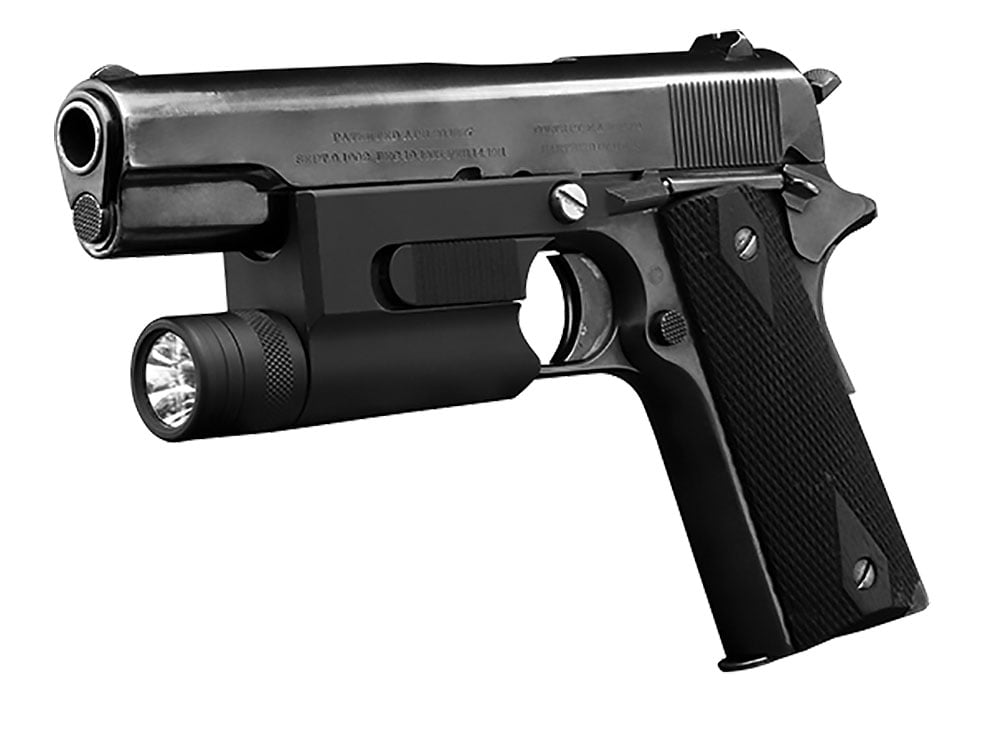 A must for self-defense at night. Provides the light you need for…
A must for self-defense at night. Provides the light you need for…
–Positive target identification
–Shoot/no shoot decisions
–Accurate effective aiming
–Installs easily in seconds
–No gunsmithing required
–Lithium battery included
“We made them for the Colt and also for the Beretta M9,” Reynolds says. “It didn’t take long to get it into production, but I can’t say definitively how long it took to complete because we were working on other things. Our main focus at that time was still the built-in [laser-aiming] systems for the Colt Trooper and the Remington 870.”
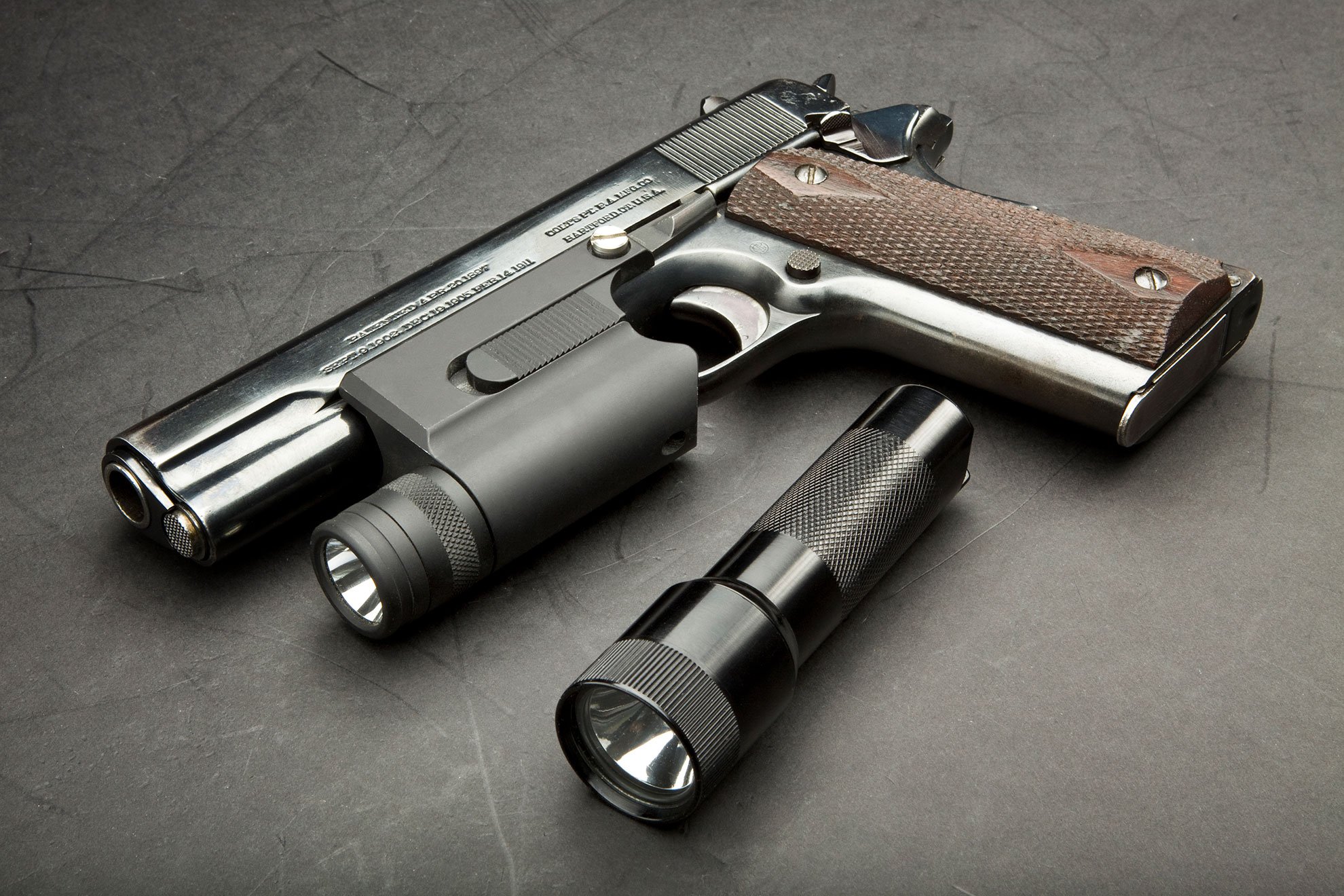
Constructed of aluminum and weighing 6 ounces, the Model 310 generated 15 lumens, powered by a single 3-volt lithium battery. Its beam pattern was effective for distances out to 5 yards. According to company marketing literature, “The Model 310 system was developed for law enforcement and tactical operations use and incorporates the design features, quality and durability of construction required for such applications. The light is turned on by pushing forward on the ‘slide switches’ located on each side of the unit. It can be activated by either your thumb or fingers of either hand as you hold the weapon in a normal manner. The light remains on only as long as you apply pressure to the switch, which means firing requires both hands if you want to use the light and fire at the same time. Attaching the Model 310 to the weapon takes less than 2 minutes…It can be removed easily at any time. The unit operates on a single, long-life lithium battery and requires no maintenance.”
The Model 310 worked exactly as intended. It enhanced user safety by allowing positive identification of potential threats in low-light conditions while allowing a firm, unaltered grip on the host weapon.
“We were able to get a patent for it,” Reynolds says. “The next thing was that I took a Remington 870 and made a little housing for it, and we wound up doing the same thing [for long guns].”
Once it was available, the Model 310 became the hottest-selling tactical implement of its time. It set the course for Laser Products Corporation’s future, and it was also the catalyst for another change: Laser Products Corporation was renamed SureFire. SureFire continued to advance the state of the art in laser aiming technology, but the escalating demand for innovative tactical illumination products couldn’t be ignored. Leading the industry in this new segment became a primary mission, and SureFire engineers began to develop even more high-performance illumination products with advanced features and tremendous durability.
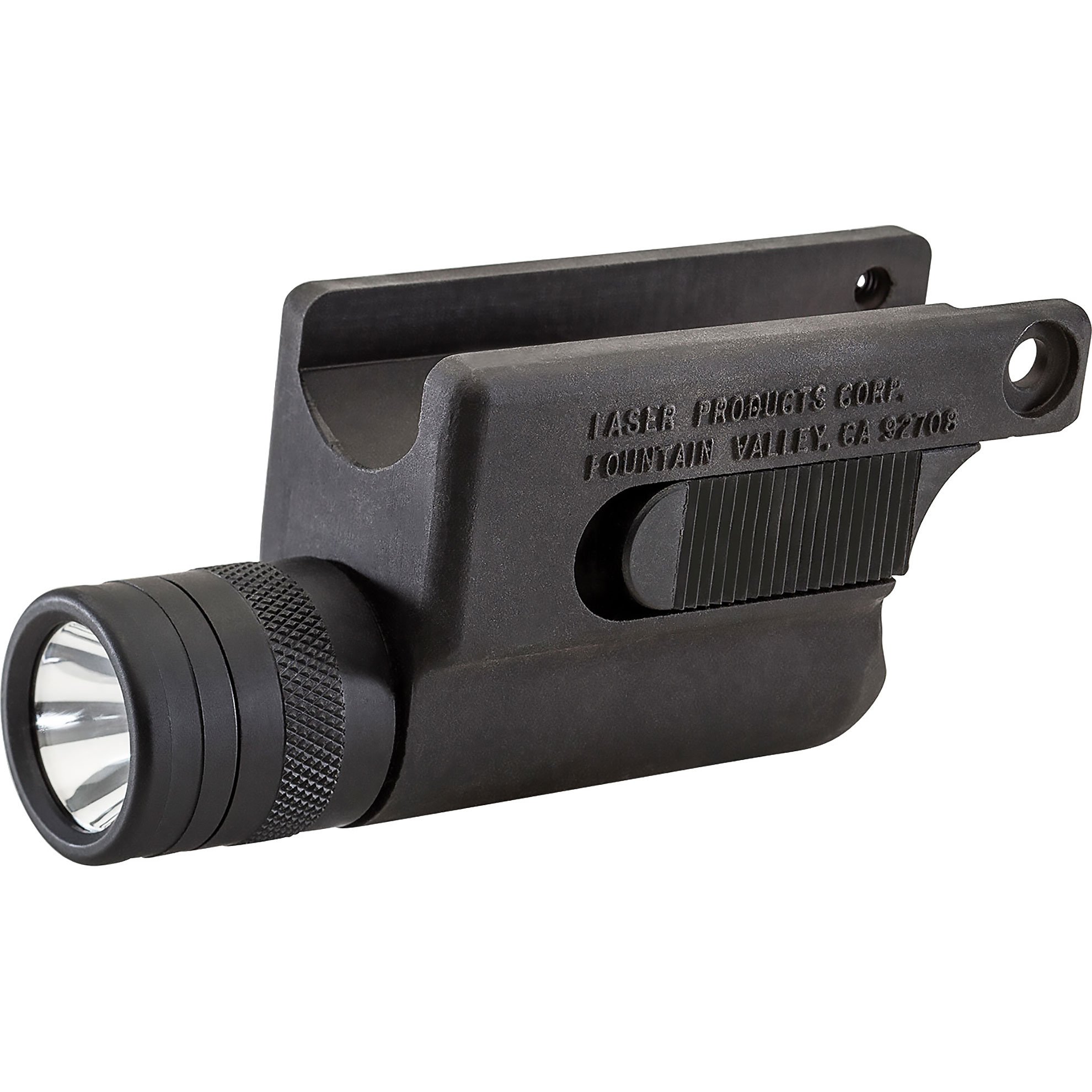
“It just got more and more elaborate as time went on,” Reynolds says. “Then we looked at the amount of light we were putting out and decided that we needed to make our own lamps. By then I must’ve bought thousands of Maglites just for their lamps—I recycled so much aluminum [from the light bodies] you wouldn’t believe it. Anyway, we did make our own lamps, and that led us to develop compact handheld flashlights, which was where the real money was.”
The Model 310 enjoyed a long and successful production run before eventually being phased out by SureFire products with more advanced technology. It laid the foundation for the SureFire X300U, which remains the gold standard in handgun-mounted weaponlights. While many of them are still in service, Model 310s are prized by collectors nowadays, and most replacement parts for them are rare and expensive. If you can find a clean, functional example, you can expect to pay upwards of $700 for it.
“Back then, we didn’t realize what we had,” Reynolds says, “and I don’t think anyone else did either. Now, when you look at it, it’s kind of overwhelming. It started out small, just trying to make something to help a friend, and it created an entire industry.”

